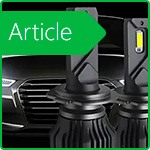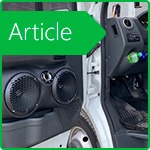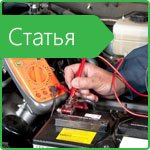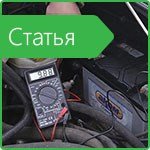Home charging stations for electric vehicles, selection and installation features
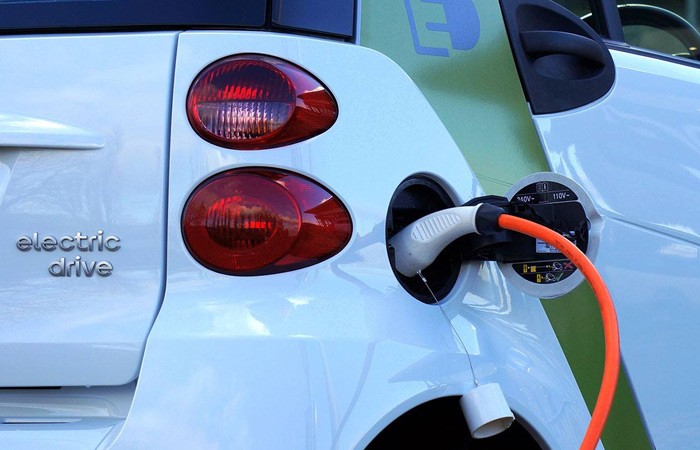
It is necessary to choose charging for an electric car carefully, because then the comfort of operation, charging speed and safety will depend on it. When choosing a charging option for your car, you need to take into account a variety of factors, including placement features, load, charging time, etc. In this article, we will talk about the features of different types of charging and dwell on home charging stations in more detail.
Where and how can you charge an electric car?
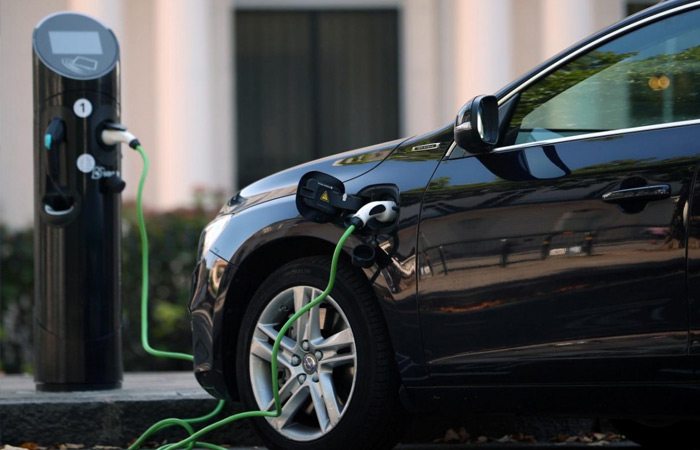
First you need to look at what, in principle, are the options for charging electric cars? There are not many of them:
1. Connect to a standard household outlet
On the one hand, this is the easiest and most affordable option, but it has significant drawbacks. Such recharging takes a long time (as a rule, the process takes 10 hours or more), it is inconvenient if the socket is located far from the parking lot of the car. In old houses, the network may simply not withstand such a load.
2. Charging from a special charging station
For home placement, devices with power from 7.4 to 22 kW are usually used. Such a device will take energy from the household network, but this option is more convenient and safer. And the charging speed will be noticeably higher - from 5-7 hours. All charging stations have surge protection, you can not be afraid of sudden power surges.
3. Charging at commercial charging stations
They usually have a power of 22 to 150 kW, which significantly increases the speed of their work. At such a station, you can charge a car in just 20-30 minutes. This is the most expensive option as the cost is set by the station owner. But this is also the fastest option, convenient if charging is urgently needed, and you are far from home.
The main types of connectors for connecting electric cars
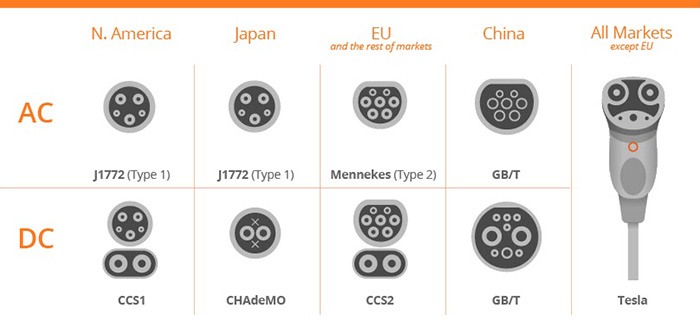
When choosing a charging station, it is very important to choose the right connection connector. Electric car manufacturers tend to design their own connectors for their cars. Therefore, different brands of electric cars need their own connection wires. Charging station manufacturers have to adapt to their requirements.
For example, Nissan Leaf owners need a charging station with a Type 1 connector, if the station has a Type 2 outlet, then you will need to look for an adapter. But for charging Renault ZOE, you need a cable with a Type 2 connector. New Tesla electric cars and Chinese-made cars require different connectors for charging. Let's take a closer look at what connection connectors are.
- Type 1 is a US standard. The permissible maximum connection power is 7.4 kW.
- Type 2 is a European standard created in Germany. It differs from Type 1 in that it is suitable for working with three-phase power networks. The maximum allowable connection power is 22 kW.
- CHAdeMO (CHArge de Movie) - the connector was developed by Japanese engineers. In translation, the name means: "charge and move." It is suitable for high-speed DC charging of electric vehicles. The maximum connection power of this type is 62.5 kW.
- CHAdeMO 1.2 is a modification of the previous version, suitable for working with high charging power - up to 200 kW.
- CCS Combo (Combo 1 and Combo 2) - are improved versions of Type 1 and Type 2 connectors, which received two additional contacts. This feature allows them to charge cars from stations with alternating and direct current. At the same time, for variables, the maximum current is 7.4 kW, and for constants, 350 kW;
- GB/T (GBT) connector - This option also features high power capability. There are versions for direct and alternating current.
Features of installing a home charging station for an electric car
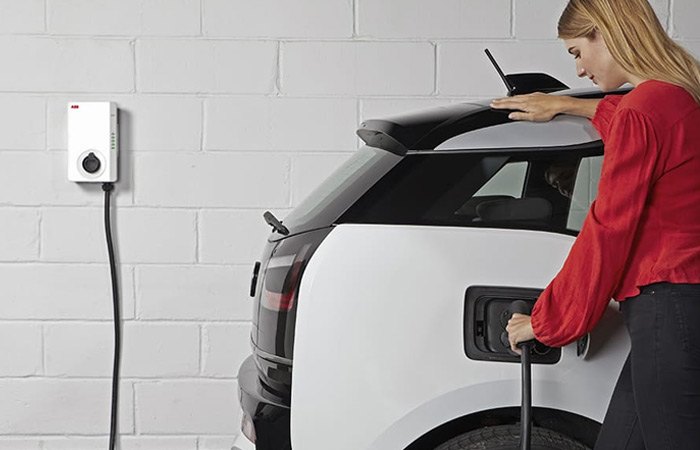
Charging stations for the home are designed for individual use. They can be placed in a private garage near the cottage, on the wall of a townhouse, in an underground car park with a dedicated parking space, etc.
As a rule, user identification is not required for home stations, since a limited circle of people can access the device. If you plan to install equipment in an underground parking lot, then it is recommended to buy models with the ability to identify using an RFID card.
If you are planning to install a home station for charging an electric car, then it is worth considering some points in advance:
- provide convenient car access to the charging station;
- install a metering board with emergency automatics, which will provide shutdown in case of any failures in the network;
- provide lighting for easy operation of the system in the evening and at night;
- Protect the device from rain.
It is equally important to know in advance the following technical parameters:
- whether your electrical system can handle the additional source of consumption. To install electric charging equipment at home, the current in the network must be at least 32 A.
- what type of connection is single-phase or three-phase;
- maximum power rating for rows for your car model;
- Availability of free connection capacity;
- how the connection is made: through a socket or using a special cable;
- whether the device needs to be connected to the Internet to be able to track the operating status and keep a record of charging sessions.
Connection examples
The house has one phase of 220 volts connected to it, all appliances and equipment are connected to it. The network is capable of passing 7 kW and is controlled by a 32 A circuit breaker. In this case, the following options for connecting the station are possible:
- A charging station with a capacity of 3.5 or 5 kW is installed. It is important here that while charging the car, household appliances with the highest level of energy consumption are turned off.
- A 7 kW charging station is installed, it will start automatically on a timer when all other household appliances are turned off in the house.
- You are using a device with adjustable charging power. This is the best option, as it allows you to choose options that will be most convenient.
The house has a three-phase connection network of 220 volts, while a 32 A cut-off is installed on each phase. Each phase has a power of 7 kW, that is, the total network power is 21 kW. Here you can use the following options:
- Give one phase only to connect the power plant. This will be enough to charge most electric vehicles overnight.
- Use a three-phase charger with power regulation. This is a more complex option, however, it provides much more opportunities for using other appliances in the house.
As you can see, there is nothing difficult here. If you want to buy a home charging station for an electric car in Kyiv, Kharkov and Odessa, then in the online store 130.com.ua you will find a large selection of models at an affordable price.
Related Materials
Electric car chargers: Best Sellers

Stay tuned for updates!
Subscribe to our Telegram channel and be the first to receive useful materials.
Subscribe










